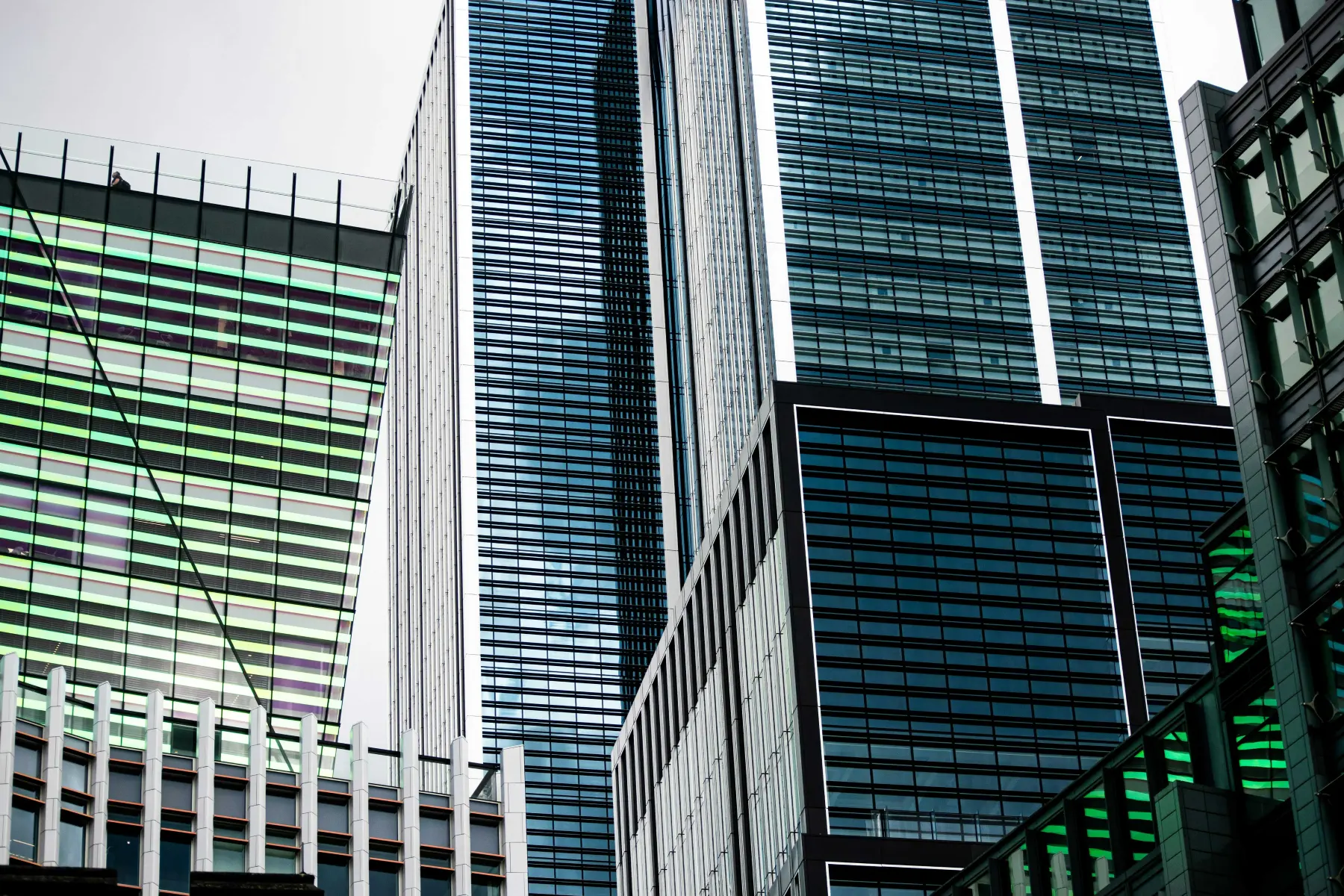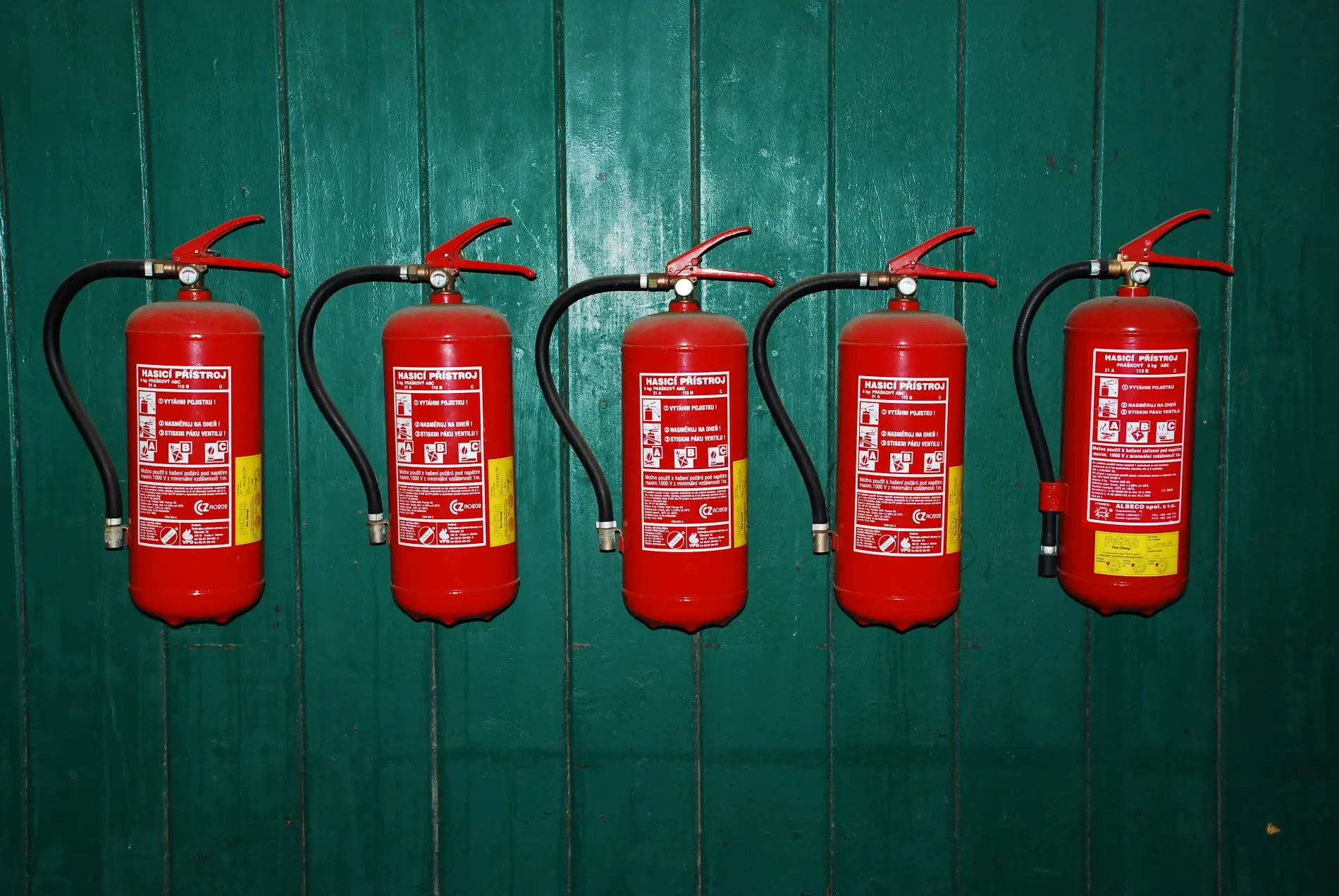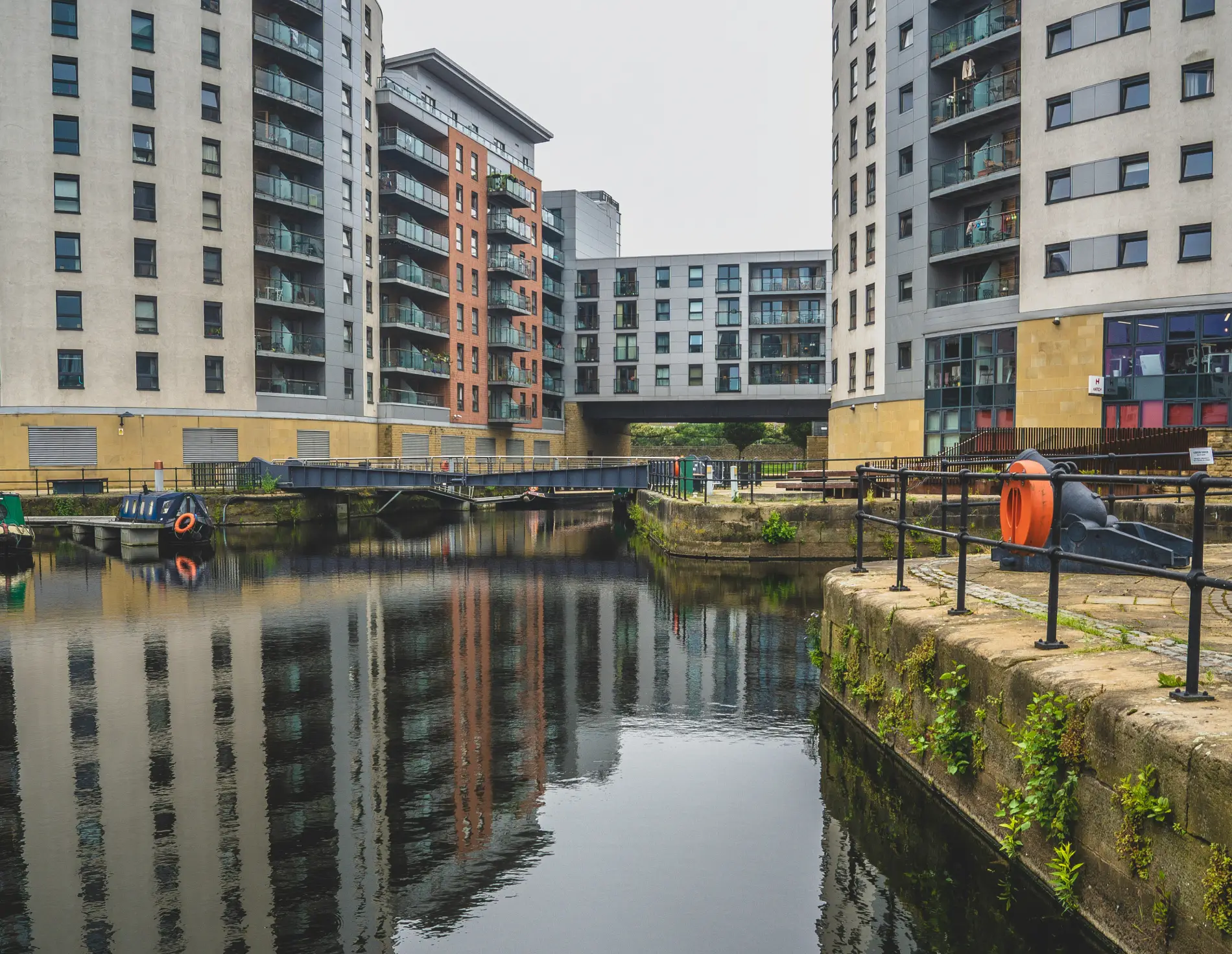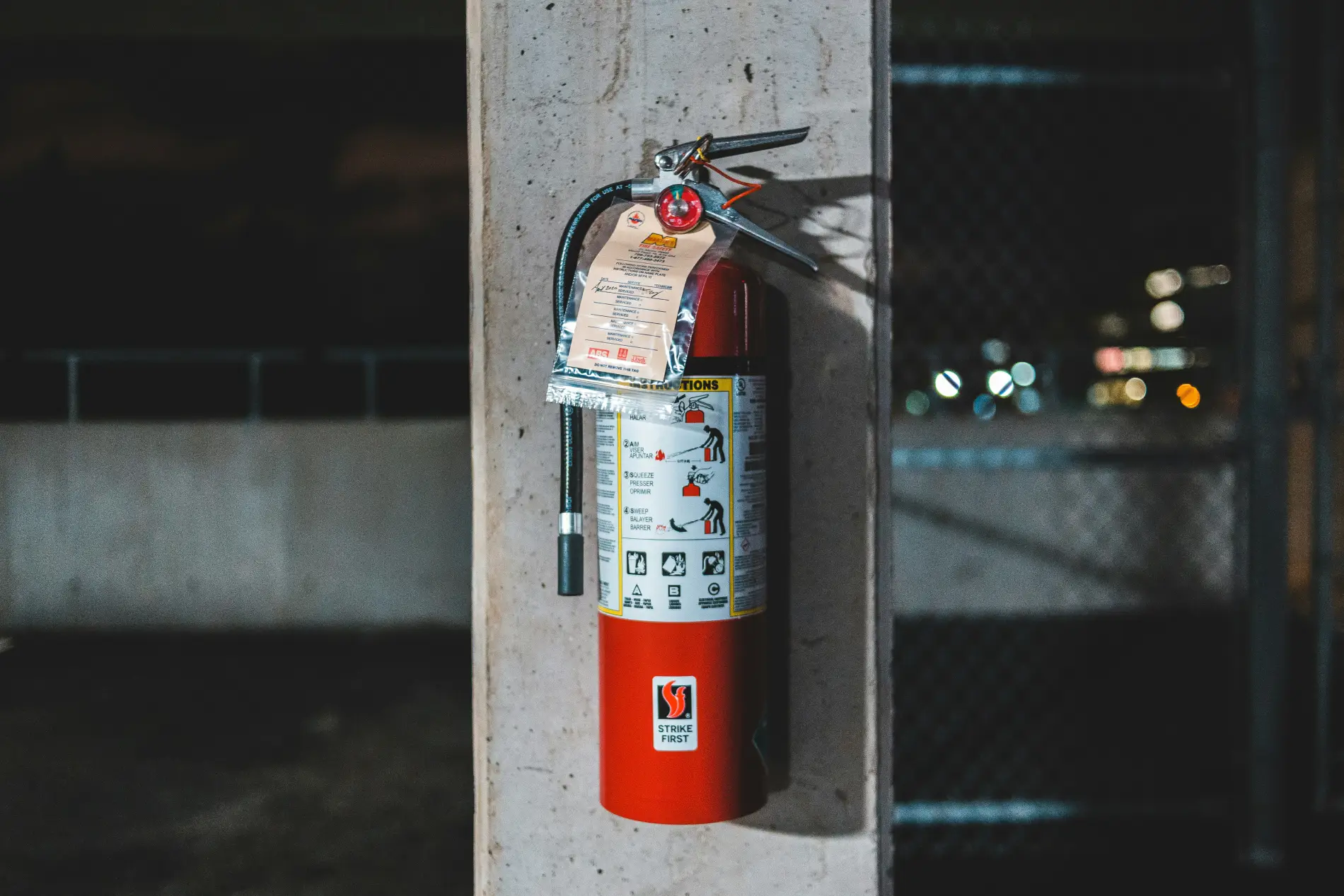Risers and Fire Safety: What Commercial Properties Need to Know

When protecting a commercial building, your fire protection strategy is only as strong as its weakest point. Whilst fire alarms and extinguishers are often what springs to mind when you think of fire safety, riser systems - both wet and dry - also play a very important role in helping firefighters access water quickly when it matters most.
Whether you are managing an office block, overseeing a multi-storey retail space, or you’re responsible for maintaining a commercial complex, understanding wet and dry risers (and when they’re required) is essential. We’re here to explain everything you need to know: what risers are, when they’re legally needed, and how to keep them operational and compliant.
What Is a Riser System?
A riser system is a vertical pipe installation designed to deliver water to multiple floors of a building for firefighting purposes. These systems are accessed by the fire service during an emergency and provide a quick and efficient way to get water to where it’s needed, particularly in taller buildings.
There are two types of riser systems: dry risers and wet risers. They serve a similar purpose, but operate very differently depending on the building’s height, use, and fire risk.
What Is a Dry Riser?
A dry riser is a vertical pipe system that remains empty until it’s needed during a fire. When the fire service arrives, they connect a pump to a ground-floor inlet and charge the system with water. This water travels up the pipe and is accessed via landing valves (outlets) on each floor, typically located within stairwells or protected lobbies.
Dry risers are typically installed in buildings where the highest floor is more than 18 metres but less than 50 metres above fire service access level. These systems are common in mid-rise buildings such as office blocks, car parks, retail complexes or apartment buildings.
Because the pipework is empty under normal conditions, dry risers are ideal in environments where a permanently filled system might pose a risk of freezing or accidental water damage.
What Is a Wet Riser?
A wet riser system is similar in structure but operates very differently. Instead of remaining empty, it is permanently filled with pressurised water, fed either from the mains or a dedicated water tank and pump.
Wet risers are typically required in buildings where the top floor is more than 50 metres above ground level, or where the layout or occupancy presents a higher fire risk. This might include high-rise commercial offices, large hotels, hospitals and mixed-use developments.
As the water is already present in the system, firefighters can connect directly to an outlet and begin suppressing the fire without delay. This rapid response is essential in buildings where speed is critical and pumping water manually would waste valuable time.
Do Commercial Buildings Need a Riser System?
In short, it depends on the height, layout, and fire risk of the building. According to UK Building Regulations (Approved Document B), dry risers are required in buildings where the top floor is over 18 metres above fire service access level, while wet risers are mandatory for buildings exceeding 50 metres. However, even if a building falls below these thresholds, a riser system may still be advisable. Large floor plates, high occupancy levels, or the presence of valuable assets can all justify the inclusion of a riser as part of a wider fire protection plan. In some cases, insurers may also require one to meet their own risk criteria. If there’s any uncertainty, a professional fire risk assessment can help determine what’s appropriate and ensure compliance with the Regulatory Reform (Fire Safety) Order 2005.
Maintenance and Compliance: What’s Required?
Once a riser system is in place, maintaining it becomes just as important as the initial installation. A neglected or faulty system can have serious consequences in an emergency, delaying the fire service’s ability to respond and putting both lives and property at greater risk.
To avoid this, all wet and dry risers must be maintained in accordance with BS 9990:2015, the British Standard that outlines the minimum requirements for non-automatic fire-fighting systems. This includes visual inspections every six months to check for signs of damage, obstruction, or tampering - pretty much anything that could affect the system’s performance.
Alongside these routine checks, a full annual test is mandatory. For dry risers, this involves pumping water through the system to ensure it holds pressure and that all components are functioning correctly. For wet risers, annual testing must confirm that water pressure remains consistent, pumps are operating as expected, and the pipework is structurally sound and leak-free.
Choosing the Right Fire Protection Partner
Risers are just one component in a much wider fire protection strategy. They work alongside other essential systems such as alarms, fire safety signage, sprinklers, and extinguishers to create a layered defence against fire. But their value depends heavily on their design, installation and upkeep - so it’s important to choose a trusted fire protection company to design and install the best system for your building.
At Magni Fire, we specialise in delivering fire protection solutions tailored to commercial spaces and educational environments. From system design and installation to routine servicing, our team supports office managers, property owners and building contractors across Essex and beyond.
We take pride in taking our time to understand the unique needs of your building, and will work with you to specify the right system - whether that’s a wet riser or dry riser - and we will ensure everything meets the highest safety and compliance standards.
Need Help Deciding What’s Right for Your Building?
Unsure if your building requires a riser system, or if your current set up is due for a service? We can help you understand whether a wet riser or a dry riser is needed, ensure your systems are compliant with UK regulations and improve your overall fire protection strategy. Contact us today to find out how we can help protect your building, your people, and your peace of mind.




